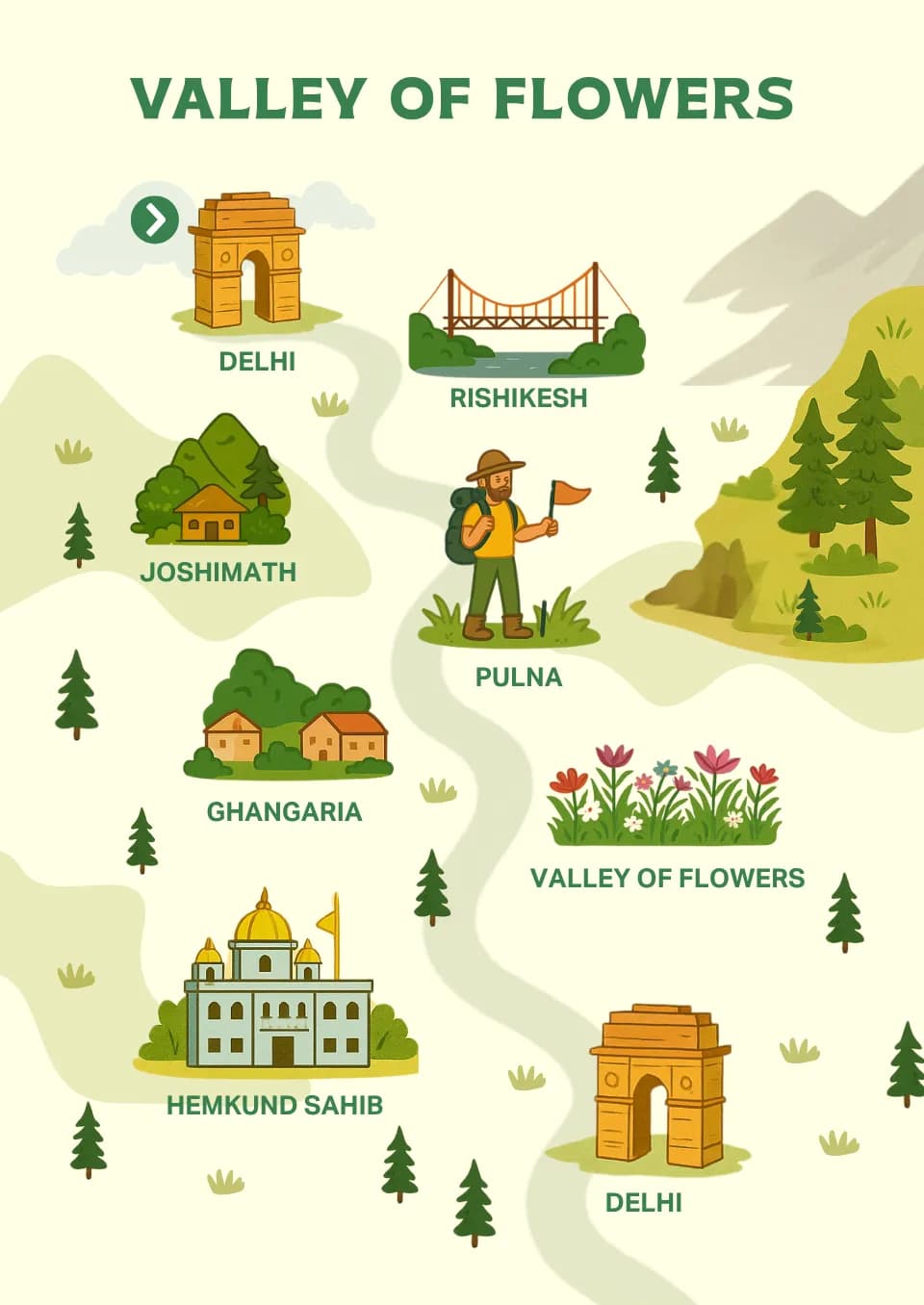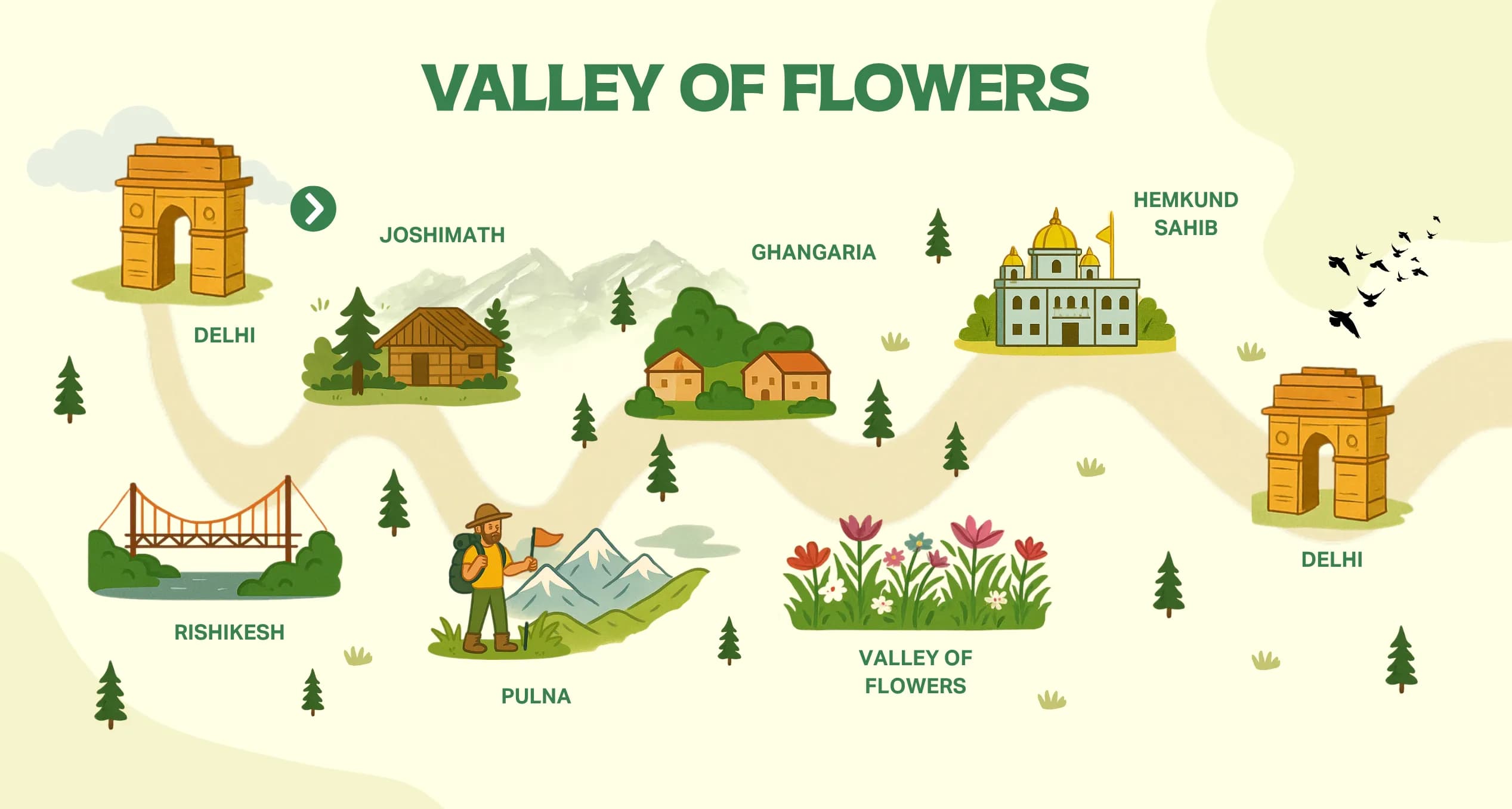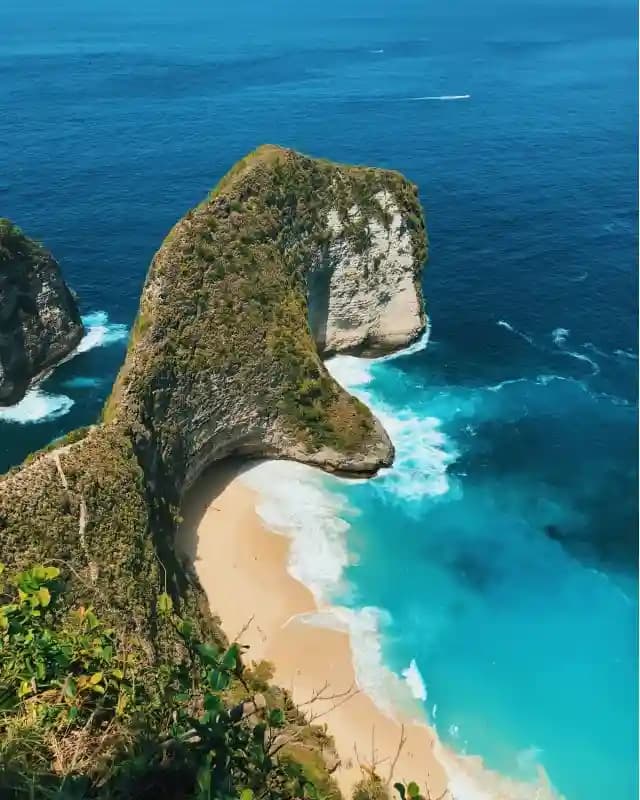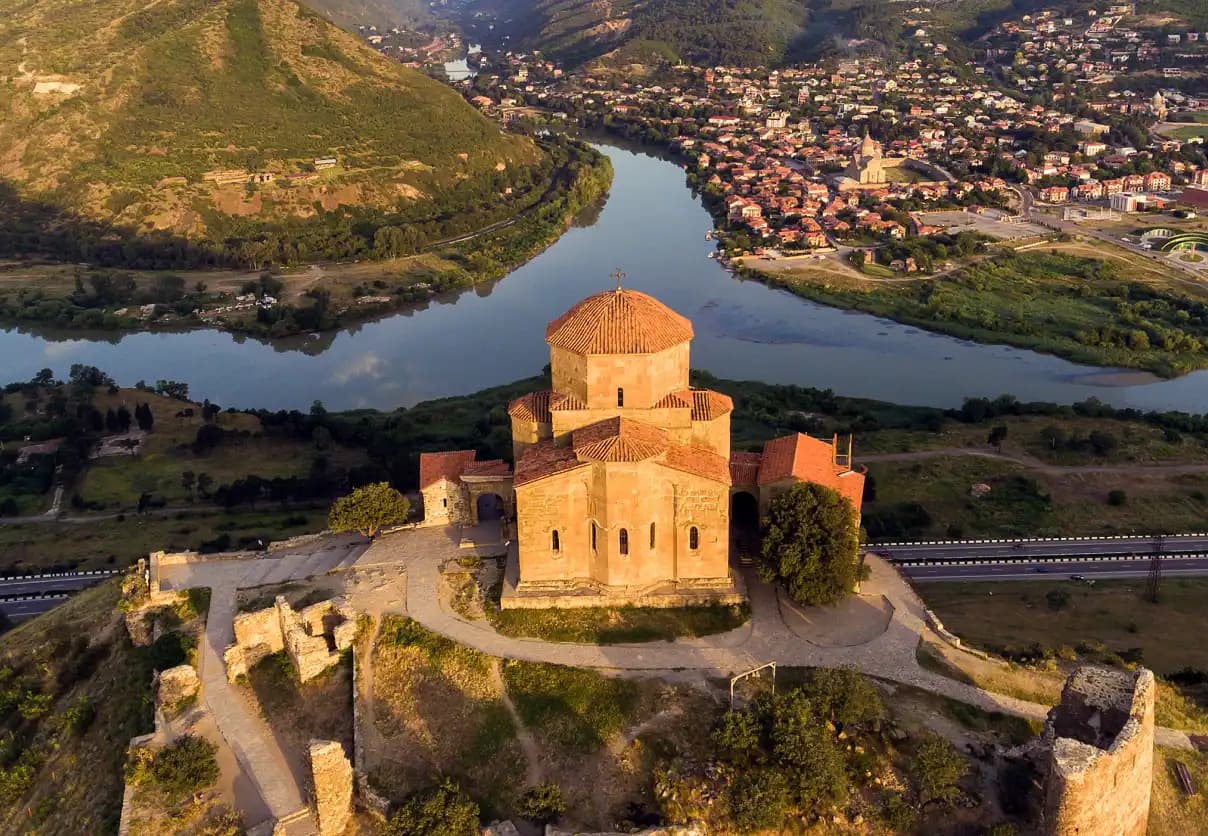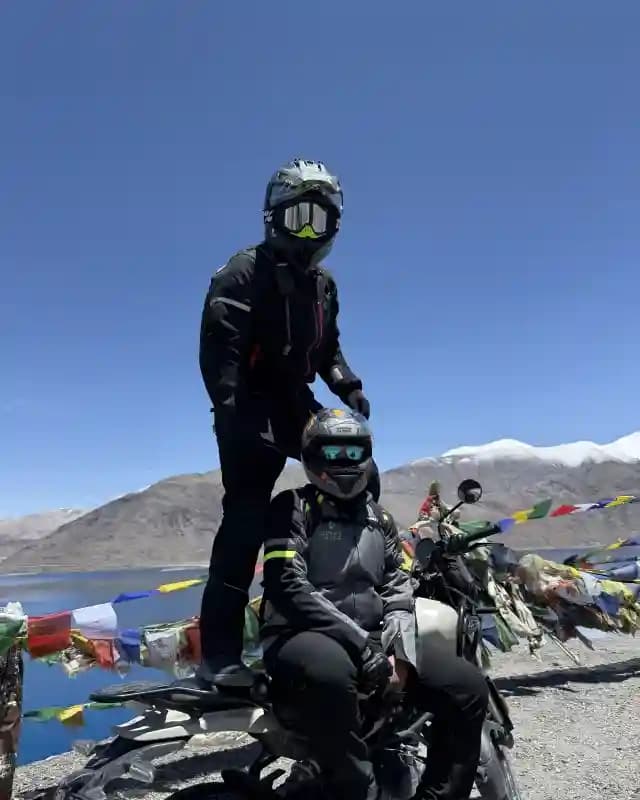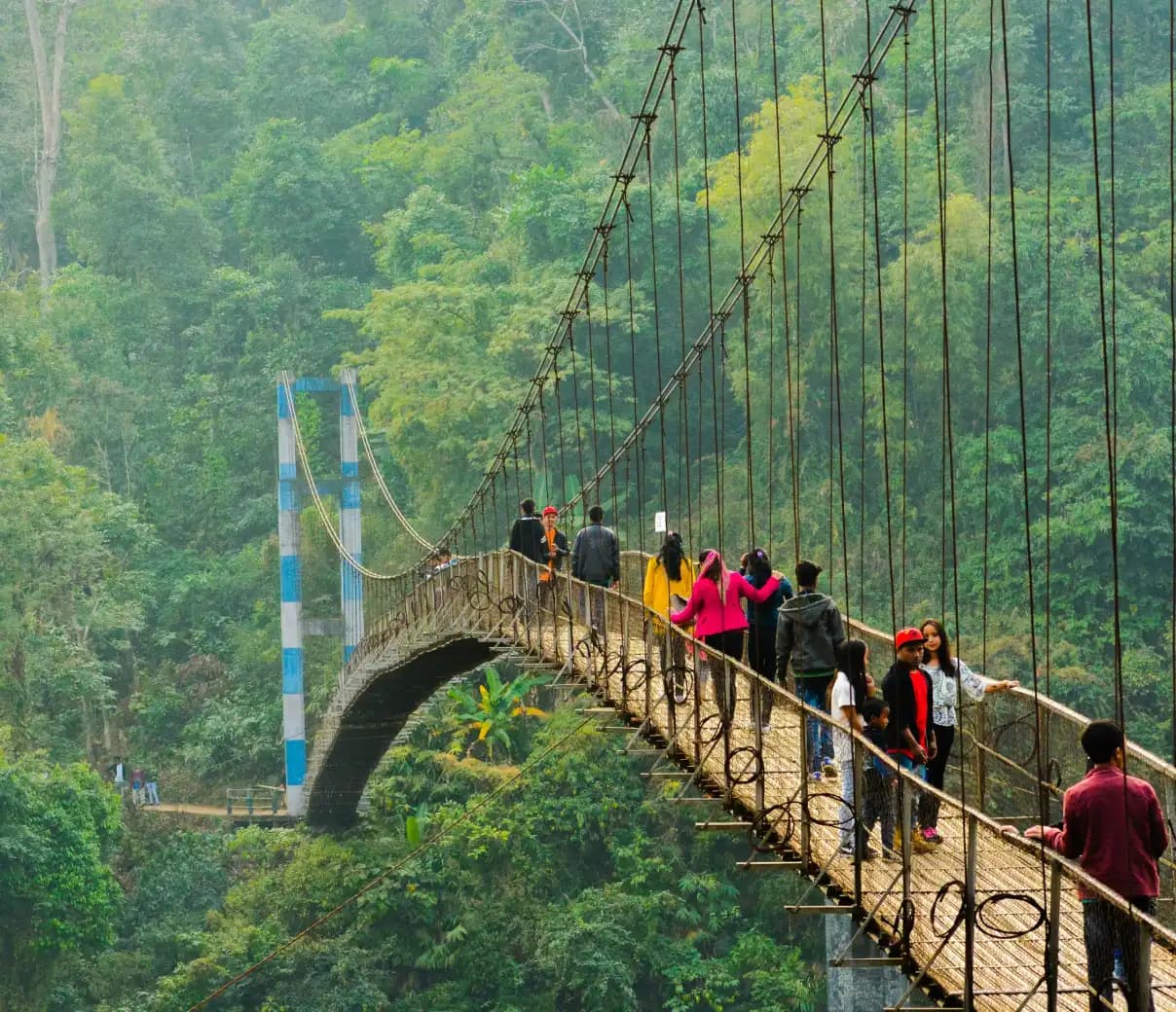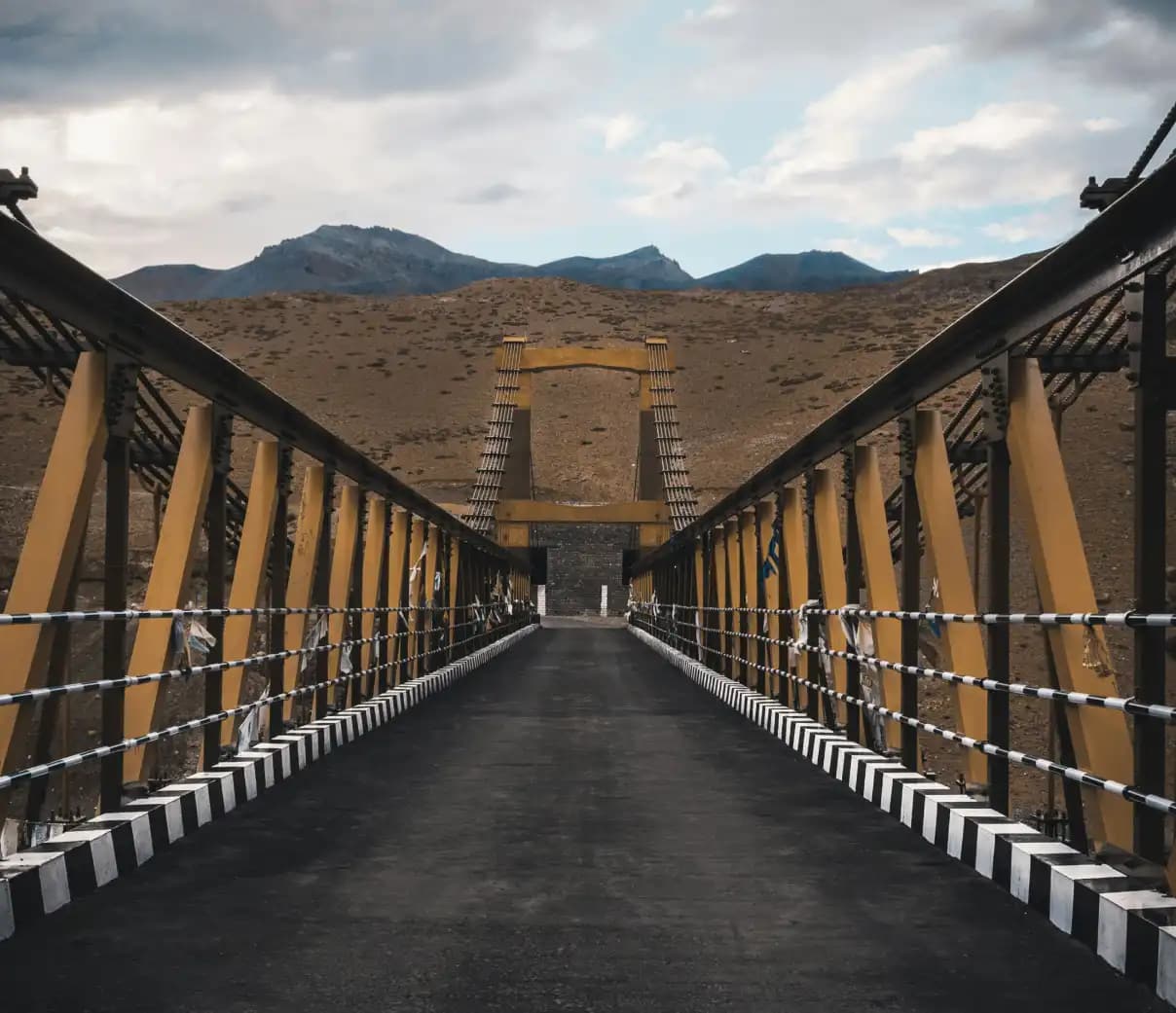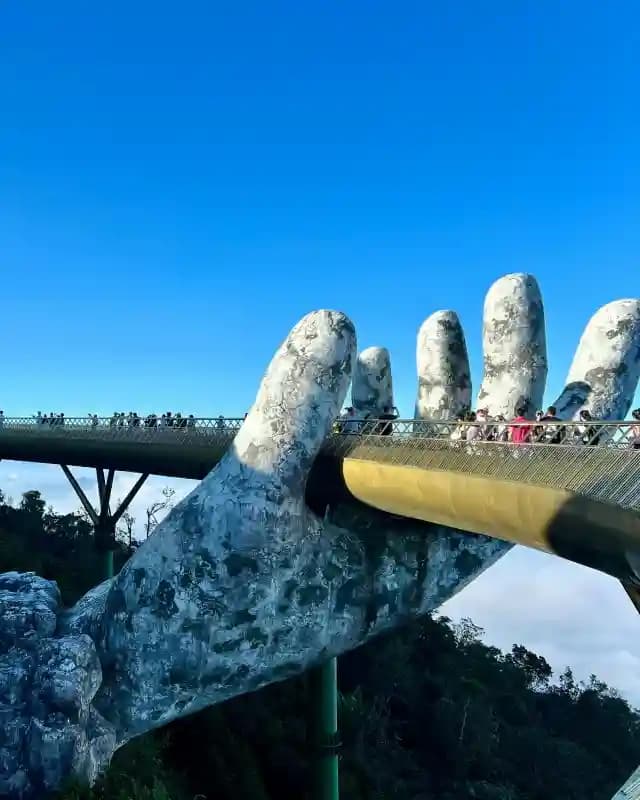Every year, this magical spot in Uttarakhand turns into a living rainbow of wildflowers stretching as far as the eye can see. You will find over 500 different species of rare and native Himalayan flowers here. It’s the Valley of Flowers, one of the famous treks in India. If you are considering trekking in India this year, the Valley of Flowers trek is just the right option for you. So, go ahead and book your travel with Capture A Trip for a whole new experience. Here’s the breakdown: You’ll be spending 5 nights in total, 2 nights at a hotel in Joshimath and 3 in Ghangaria. It’s simple, cosy, and just what you need after a day on the trail. You will also have a trip leader from the very start, along with a professional trek guide to help you through the actual trail. It’s safe, it’s structured, and honestly, it just makes the experience more relaxed.
Valley of Flowers Trek: Distance, Duration & Difficulty
The trek distance is approximately 37 km round trip. Hemkund Sahib is the highest altitude, at 14,100 ft., and the difficulty of this trek is easy to moderate, making it perfect for beginners. A total of 5-6 days is perfect for this trek. You’ll start from Rishikesh or Haridwar and drive to Govindghat. From there, a short drive to Pulna, and then you begin your trek crossing Ghangaria, exploring the valley, and climbing up to the sacred Hemkund Sahib. The trails are well-defined, scenic, and full of friendly faces from locals to fellow trekkers. Bringing things down to a few points:
Trek Distance: Around 37 km round trip
Highest Altitude: 14,100 ft at Hemkund Sahib
Difficulty: Easy to Moderate (therefore, great for beginners)
Total Duration: 5-6 days, including travel and acclimatisation
Major Stops During the Valley of Flowers Trek
Here is a list of all the top attractions and major places that you will be covering as you trek through the valleys full of flowers:
1. Rishikesh
The trip starts in Rishikesh, and honestly, this is the best beginning. It’s calm, spiritual, and there’s something about the Ganga that puts you at peace and settles you. You meet your trek group here, you meet your travel captain, you can maybe grab a quick snack, and settle into that peaceful vibe before heading out into the wild.
2. Joshimath
From Rishikesh, you drive up to Joshimath, and that’s where the hills reveal themselves. The air is crisp, the roads get bendy, and the scenery is unreal. People usually chill here, walk around a bit, visit Narasimha Temple, and just gear up for the trek ahead.
3. Govindghat
The next morning, we leave for Govindghat. This is where the thrill begins. Trekkers, porters, bags stacked everywhere, it’s like the base camp energy hitting all at once. You’ll grab your backpack, your shoes, and then head out for the real adventure.
4. Pulna
After a short drive, you land at Pulna, the last place a car can reach. From here, it’s all on foot. The trail begins gently, through pine trees and along the rivers. You’ll hear birds, cross wooden bridges, and wonder how many kilometres are left, but don’t worry, you’re not alone, the entire group is as tired as mesmerised.
5.Ghangaria
After a decent day of walking, you reach Ghangaria. It’s tucked away between hills and forests, super calm. This is where you’ll stay while exploring the valley and Hemkund Sahib. It’s got warm meals, wooden lodges, a few cute cafés, and a sky full of stars at night.
6. Valley of Flowers National Park
You enter the Valley of Flowers, and suddenly everything’s soft. The ground’s covered in wildflowers, the sky feels closer, and the air smells like rain and earth. You walk slowly, not because you’re tired, but because you just don’t wanna rush through it. It’s the kind of place where you don’t talk much. You just look, smile, and take it all in.
7. Hemkund Sahib
Then comes Hemkund Sahib, and yeah, it’s a tough climb. Steep, cold, and quiet. But once you reach the top? It’s peaceful in a way that’s hard to describe. The glacial lake, the Gurudwara, the silence, it all just stays with you. Some people pray, some just sit with their thoughts. It’s a place that feels sacred.
Best Time for Valley of Flowers Trek in 2025
Let’s talk about the weather because before planning your trek, it is important to know the best time to visit the Valley of Flowers. Even in summer, the temperatures here stay on the cooler side, and sometimes, you’ll see that the clouds have their own plans. During the day, temperatures are usually between 12°C to 20°C, which feels nice and fresh while you’re walking, especially with a light breeze following you along the trail. But once the sun dips, it’s a whole different game. Nights in the valley can drop to around 5°C to 10°C, trust me, and pack that extra thermal. Now, if you’re heading up to Hemkund Sahib, which sits at a height of 14,100 feet, temperatures there can fall below 4°C, and the air gets thinner, crisper, and magical.
How to Reach the Valley of Flowers
The whole how to reach the Valley of Flowers thing is easy when you break it down. This is a simple, easy, and clear view of how to reach the valley of flowers:
1. Reach Rishikesh or Haridwar
After you reach either of the two, you can easily find trains, buses, taxis, and an airport near Dehradun and reach the valley of flowers.
2. Drive to Govindghat
This is an approximate 11-hour drive, and shared taxis and private cabs are easily available. Our Valley of Flowers trek package already includes this.
3. Trek from Govindghat to Ghangaria
Short drive to Pulna and then a trek of 10 km, that’s it.
Also, yes, you can go from Delhi to the Valley of Flowers. As per the Valley of Flowers trek package, we start early from Delhi to Rishikesh, which is a 6 to 7-hour drive, then follow the route above. Many packages include Delhi pickups, as well.
Frequently Asked Questions
1. How much does the Valley of Flowers Trek package cost?
A Valley of Flowers trek will cost you somewhere around ₹10,000 for a 5N-6D trip. However, the cost of your package depends on the duration of the trip, the choice of accommodation, and the activities of your trip.
2. When is the best time for the Valley of Flowers Trek?
The best season to visit the Valley of Flowers is from mid-July to mid-August. That’s when the valley is in full bloom, right after the monsoon showers. June is when the trail has just opened, and flowers have just started to bloom. July to August is when there are peak blooms, everything is vibrant and alive. September is when there are fewer flowers, but clearer views and fewer crowds.
3. Are there any customised trek options available for the Valley of Flowers Trek?
Yes, along with group treks, you can also get your treks customised. You can customise your travel plans based on the accommodation, transport, and duration that suit you best.
4. Are we required to book the Valley of Flowers National Park tickets in advance?
You are not required to pre-book the Valley of Flowers National Park tickets; you just have to carry a valid ID, and you can get the passes on arrival. This is already a part of the Valley of Flowers trek package most of the time.
5. Is it suitable for beginners?
Yes, it is a beginner-friendly trek with proper guidance.
6. Are meals included in the Valley of Flowers Trek package?
Yes, all meals during the stay are included, just not the ones during transit. Food-wise and transport-wise, the whole trip is sorted well in advance. You’ll also be well-fed with 5 breakfasts, 4 lunches, and 5 dinners, so you don’t have to worry about finding meals after a long day on the trail.
